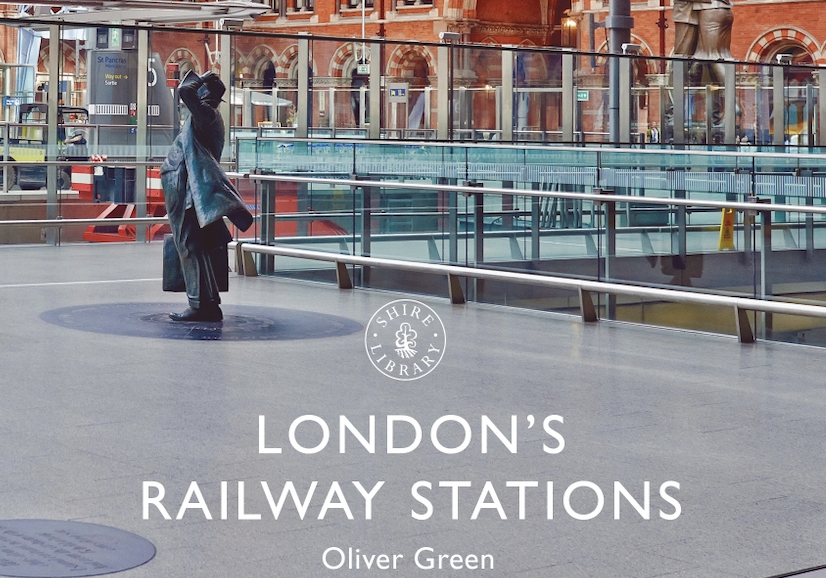Post
BOOK REVIEW | London's Railway Stations
29 Nov 2023
By Oliver Green
Reviewed by Jo East
Despite its title, this book looks at the 13 great terminuses that London possesses. You'd need many volumes of work to look at the 334 railway stations found within the confines of the M25! Arranged travelling clockwise from Paddington and finishing at Victoria, the author manages to provide a potted history of each in 64 finely illustrated pages.
Join today and get priority booking here at The London Society
Constructed within the 60 years of the railway boom, companies competed to provide fittingly grand architecture (Marylebone and Fenchurch Street excepted) for the traveller's arrival in the metropolis. The author lays out the development of this giving an idea of the rush and grand ambitions of the railway kings.
As a factual guide to their construction and history this does very nicely. However, there are some strange anomalies and little mention of the stations' place in popular culture. For the London Transport Museum's research fellow to suggest in the intro to use a Travelcard rather than an Oyster to follow his route seems just plain odd - Especially now we know this ticket is soon to be extinct. Marylebone is bereft of its Beatles connection, likewise those Wannabe Spice Girls are not mentioned for the dark days before St Pancras' Renaissance Hotel. Kings Cross is Potter-less. Euston is remarked on for its airport similarities but no mention of the unique slopes from concourse to platforms that reinforce this concept. As a traveller up from Kent, I was surprised to find no mention of Waterloo East which has carried many an unaware passenger to a "better" Hayes.
Check out our rundown of upcoming events
But these are minor quibbles and the author manages to pack an incredible amount of information and opinions into his 64 pages. The book is small enough to use as a guide for a long but fascinating day out or as a reference book to look up basic facts.
More than any other city in the country that gave birth to the railway, those stations mark the sense of arrival in its capital with grand architecture. This sense of pride carries into this century with redevelopments at London Bridge, Kings Cross etc. These too are well covered in the book.
